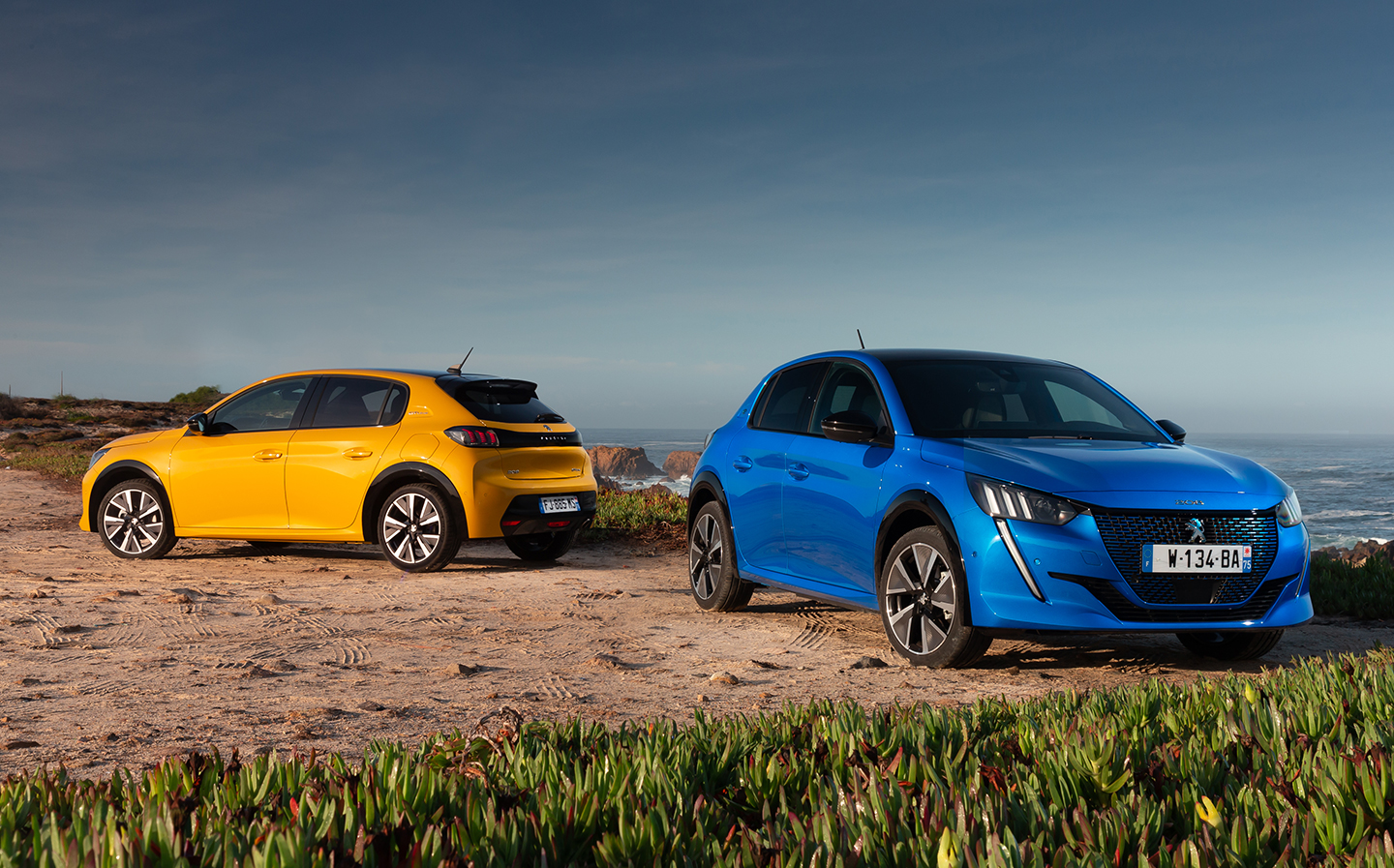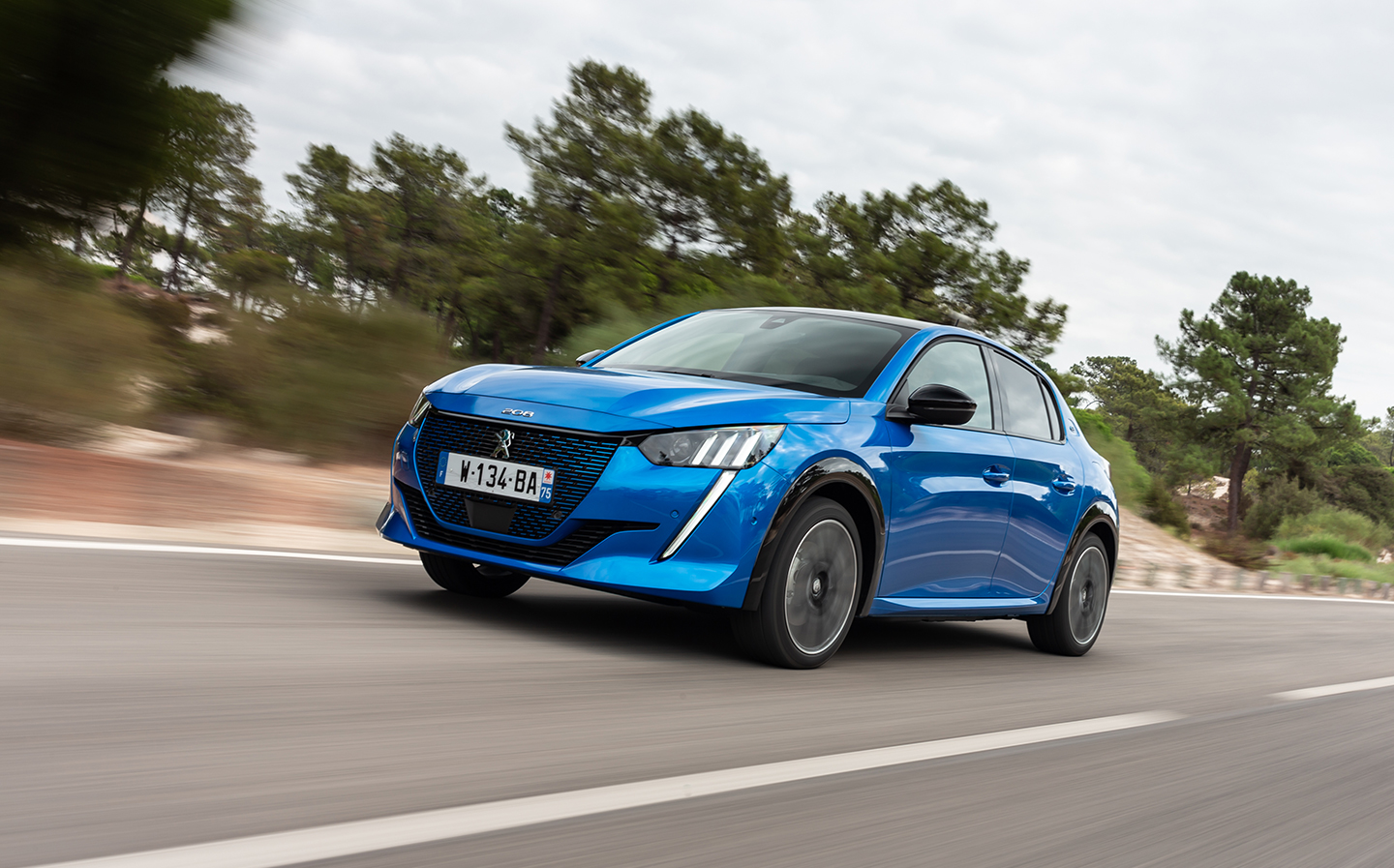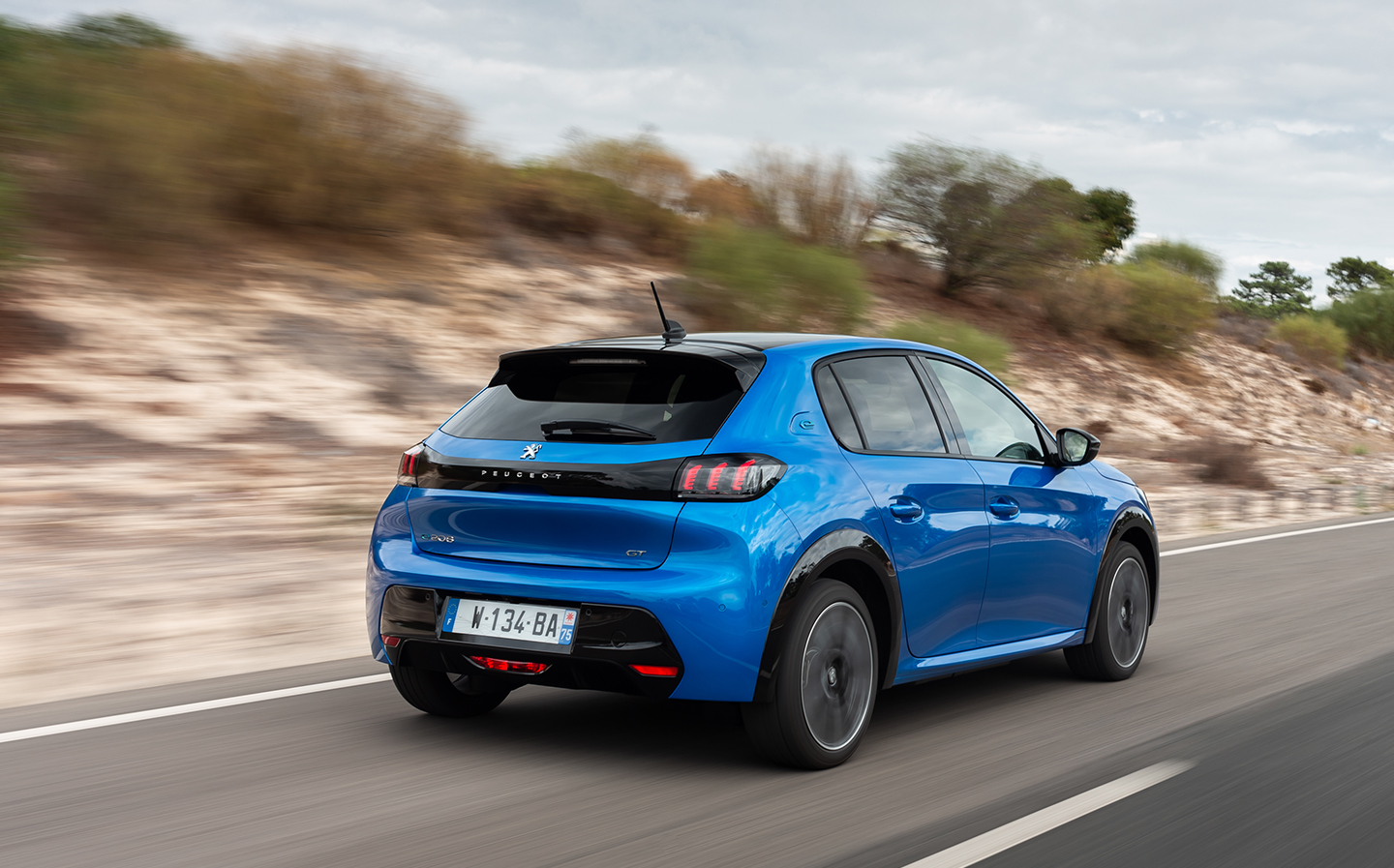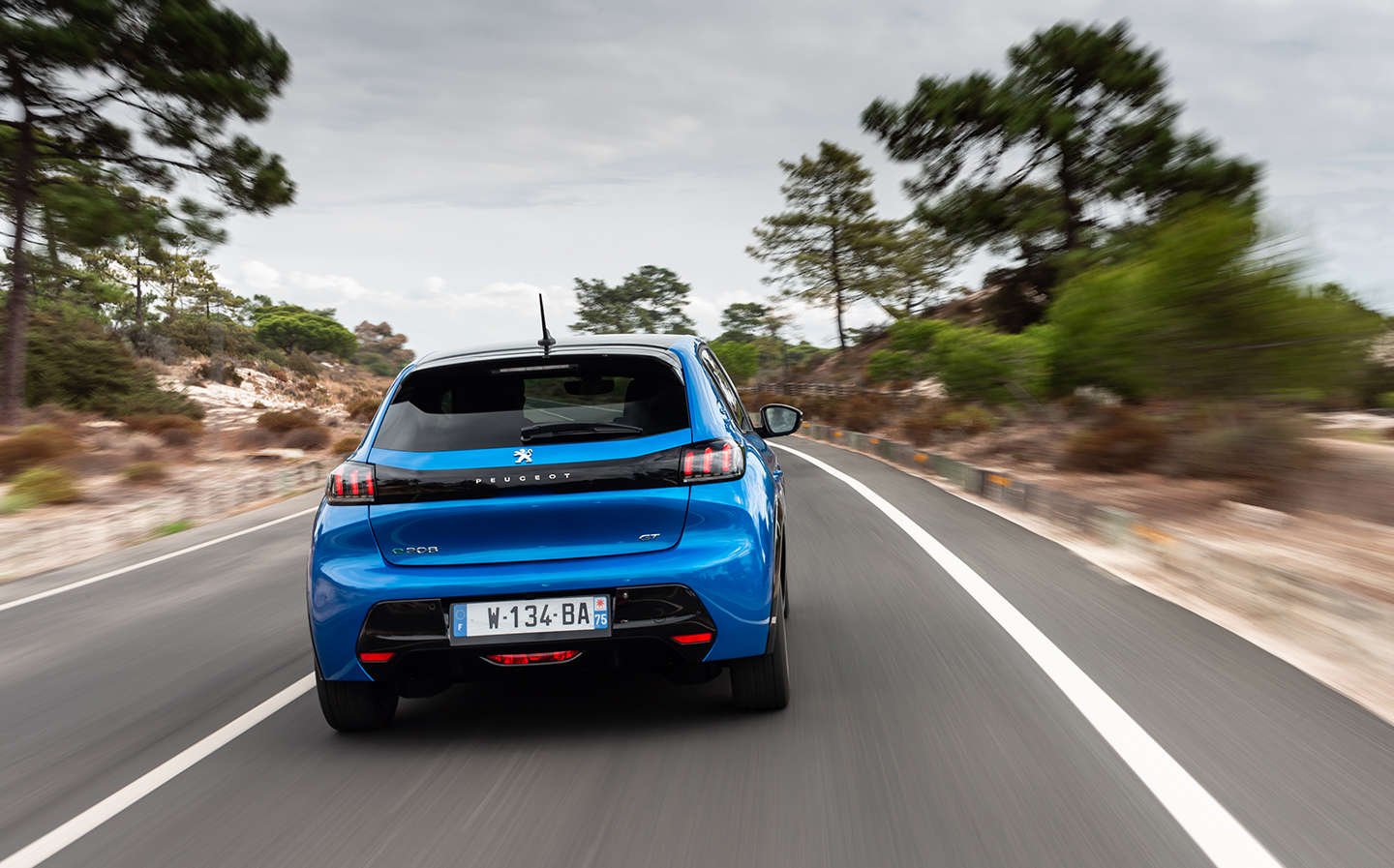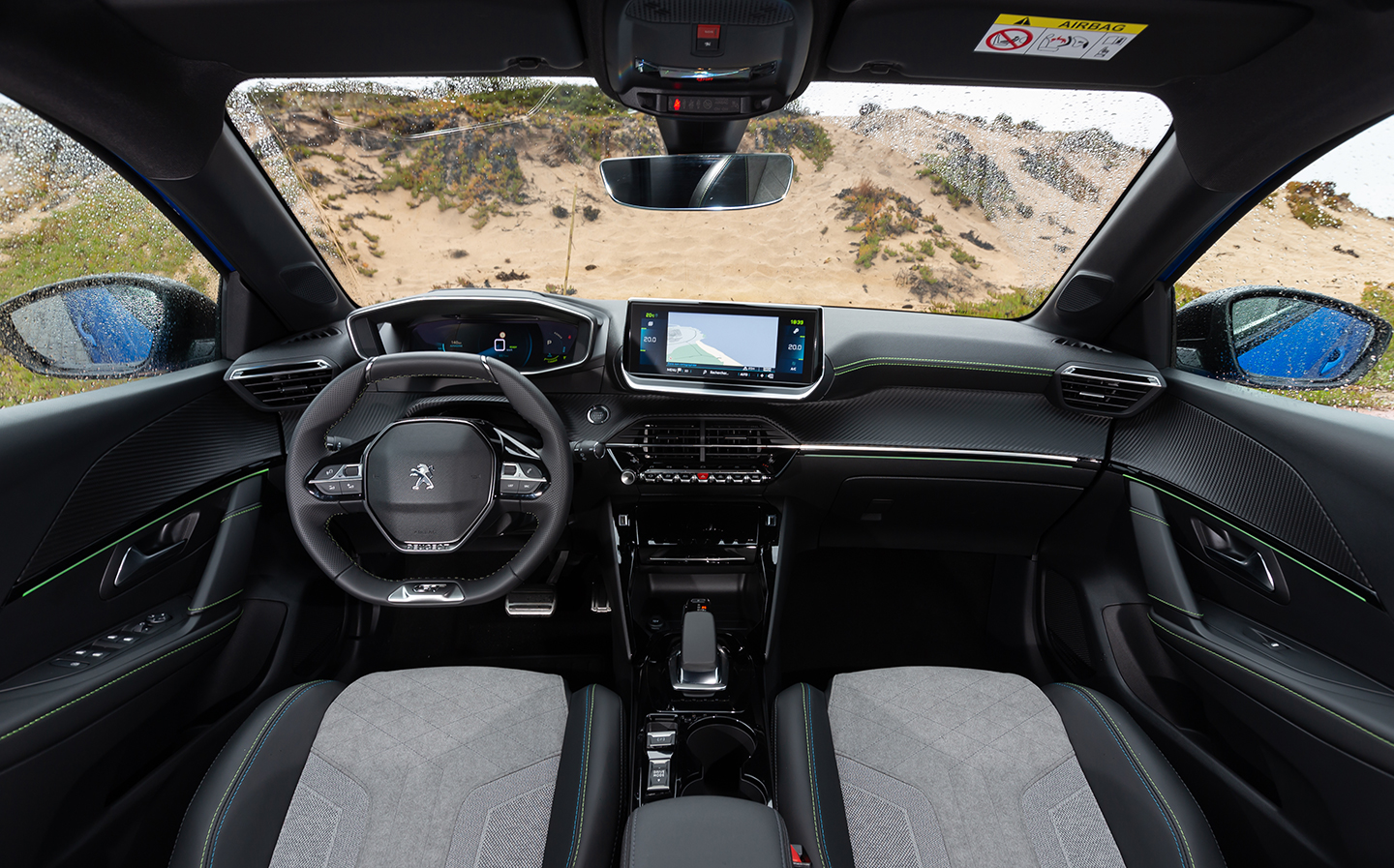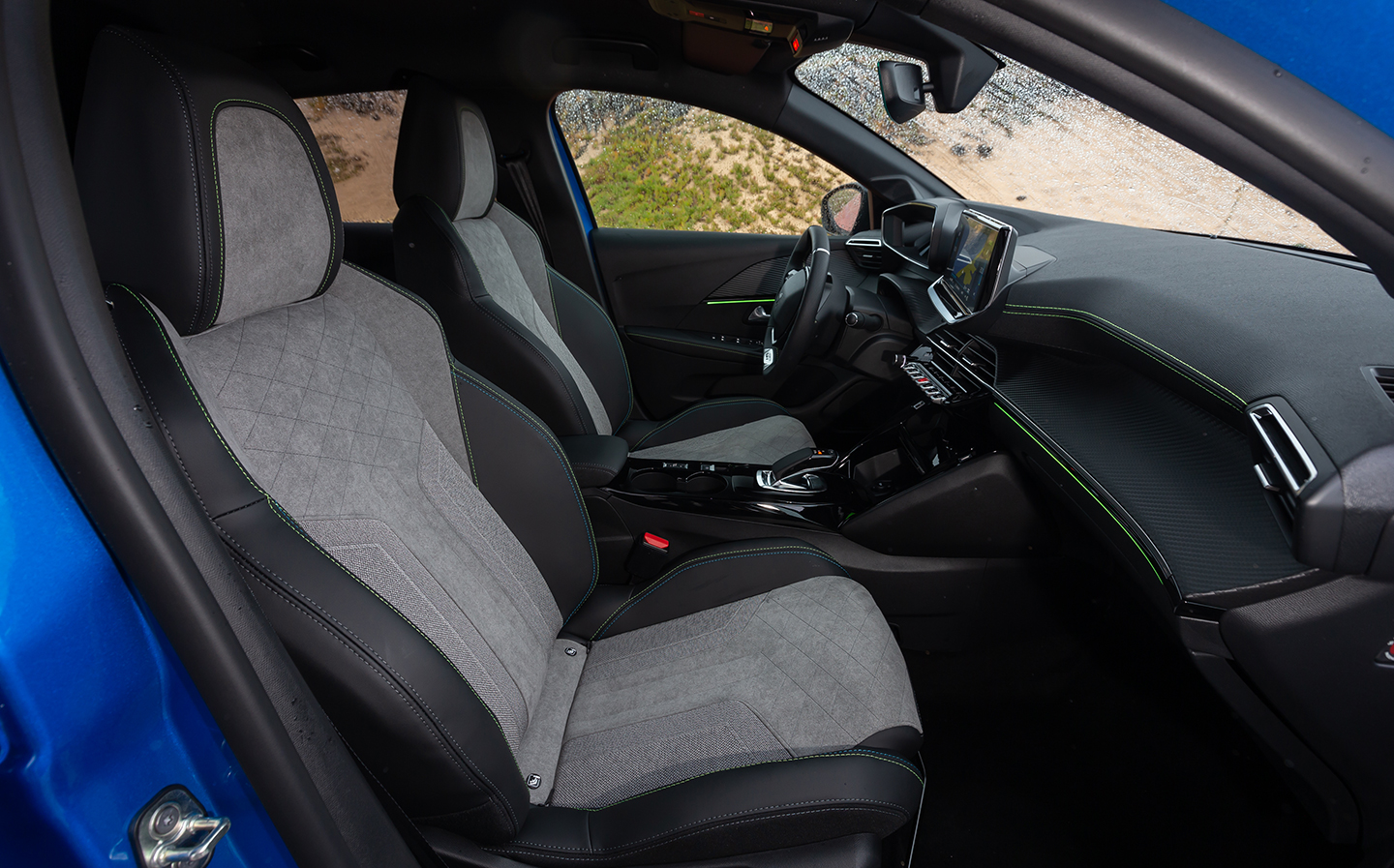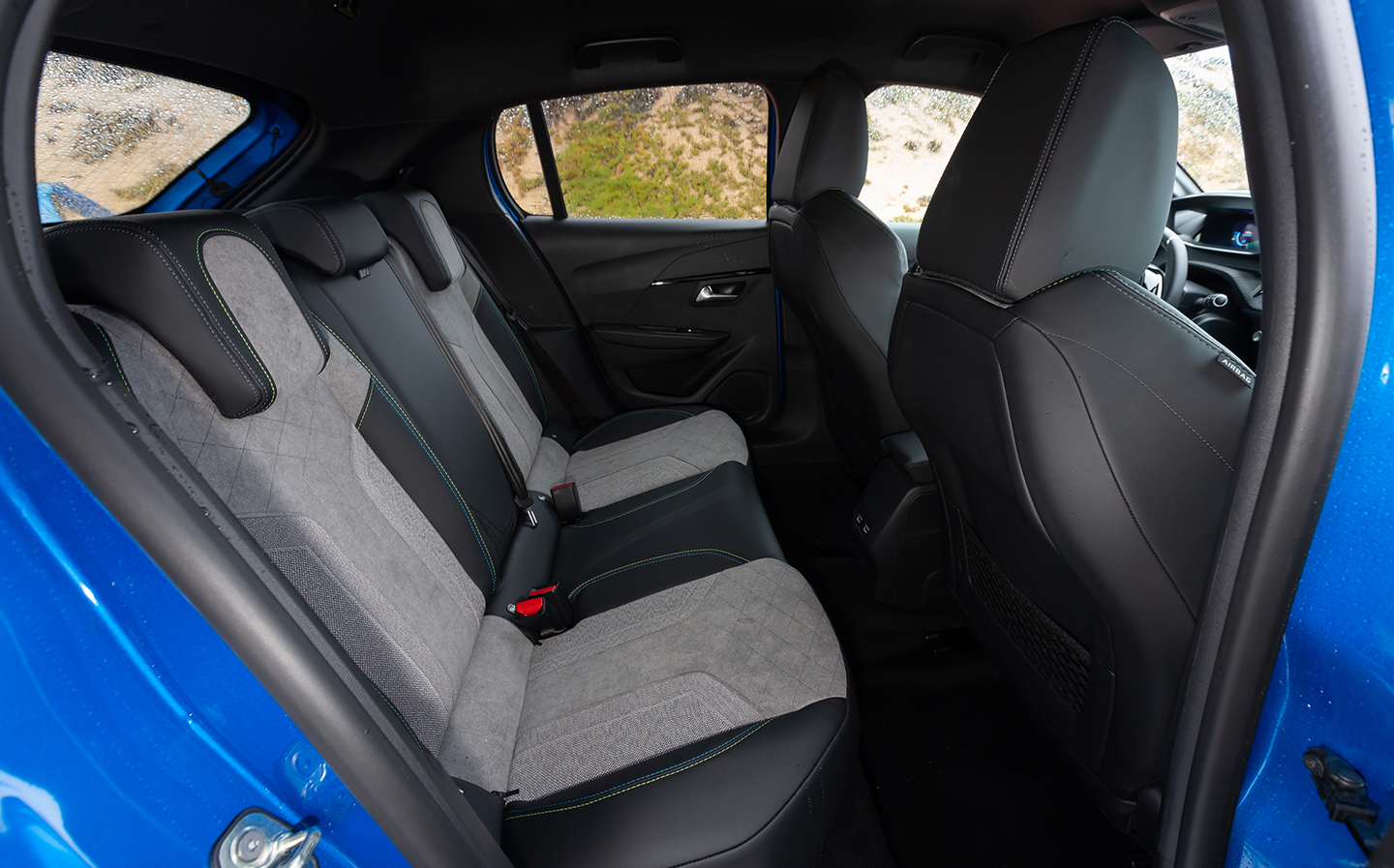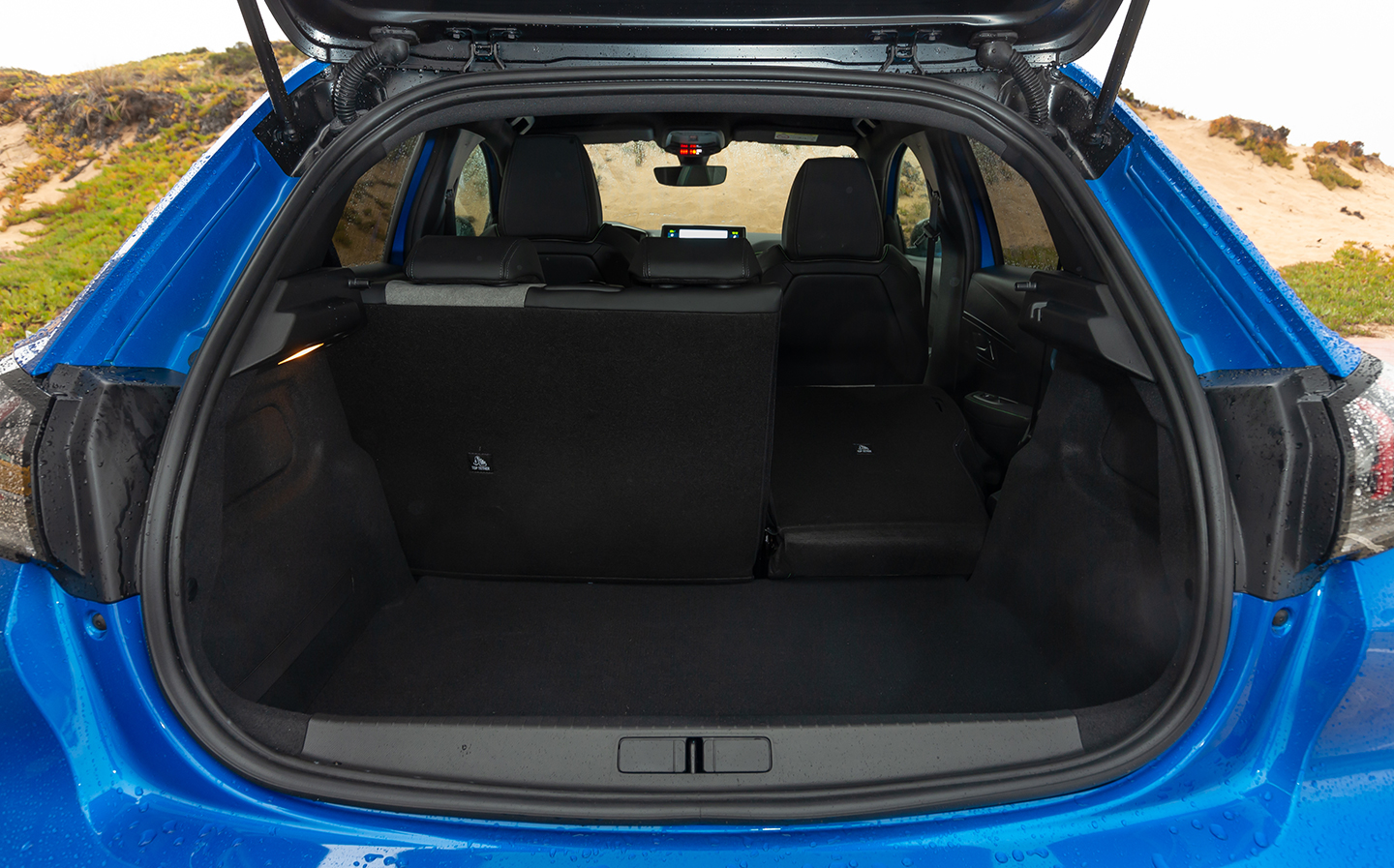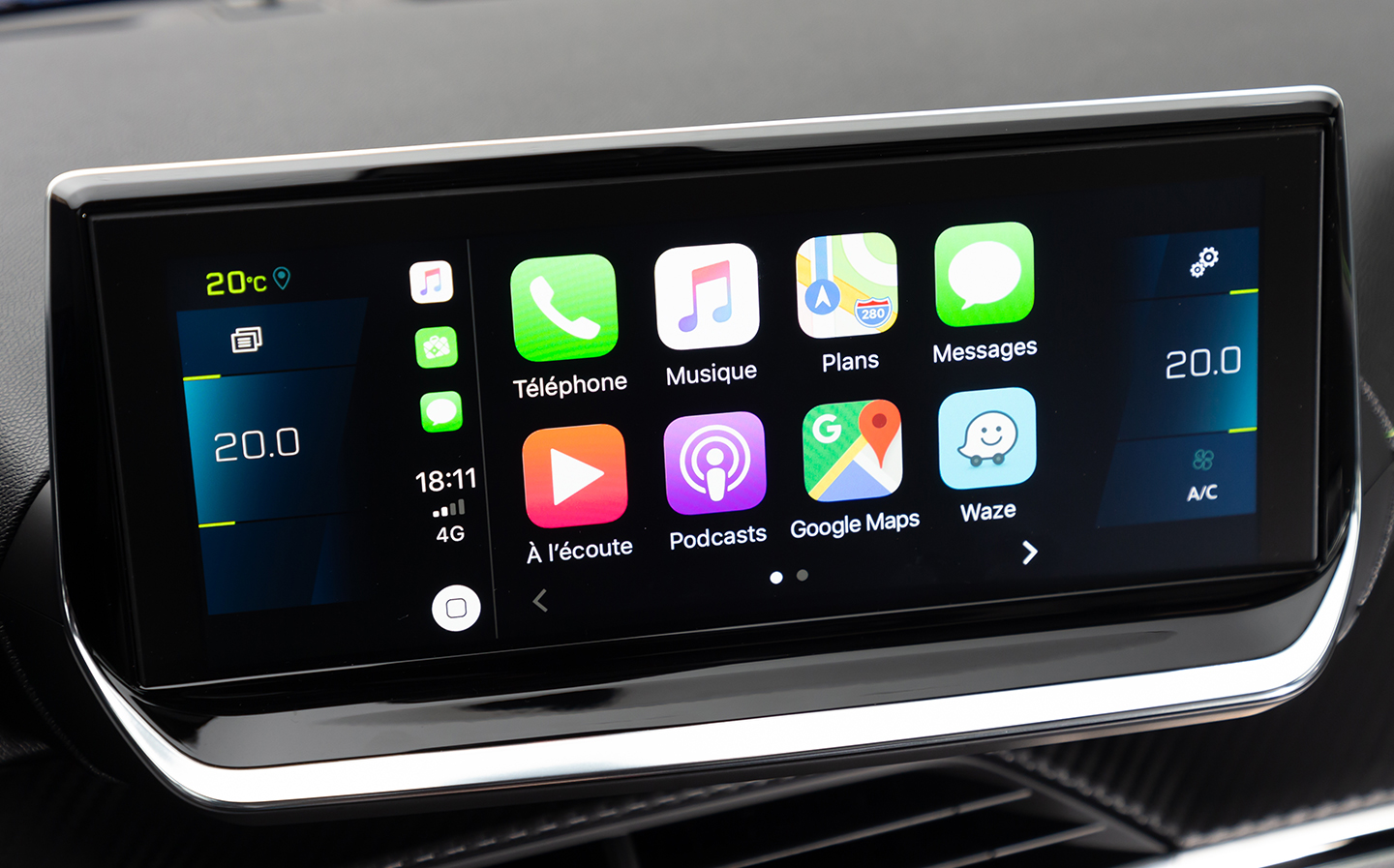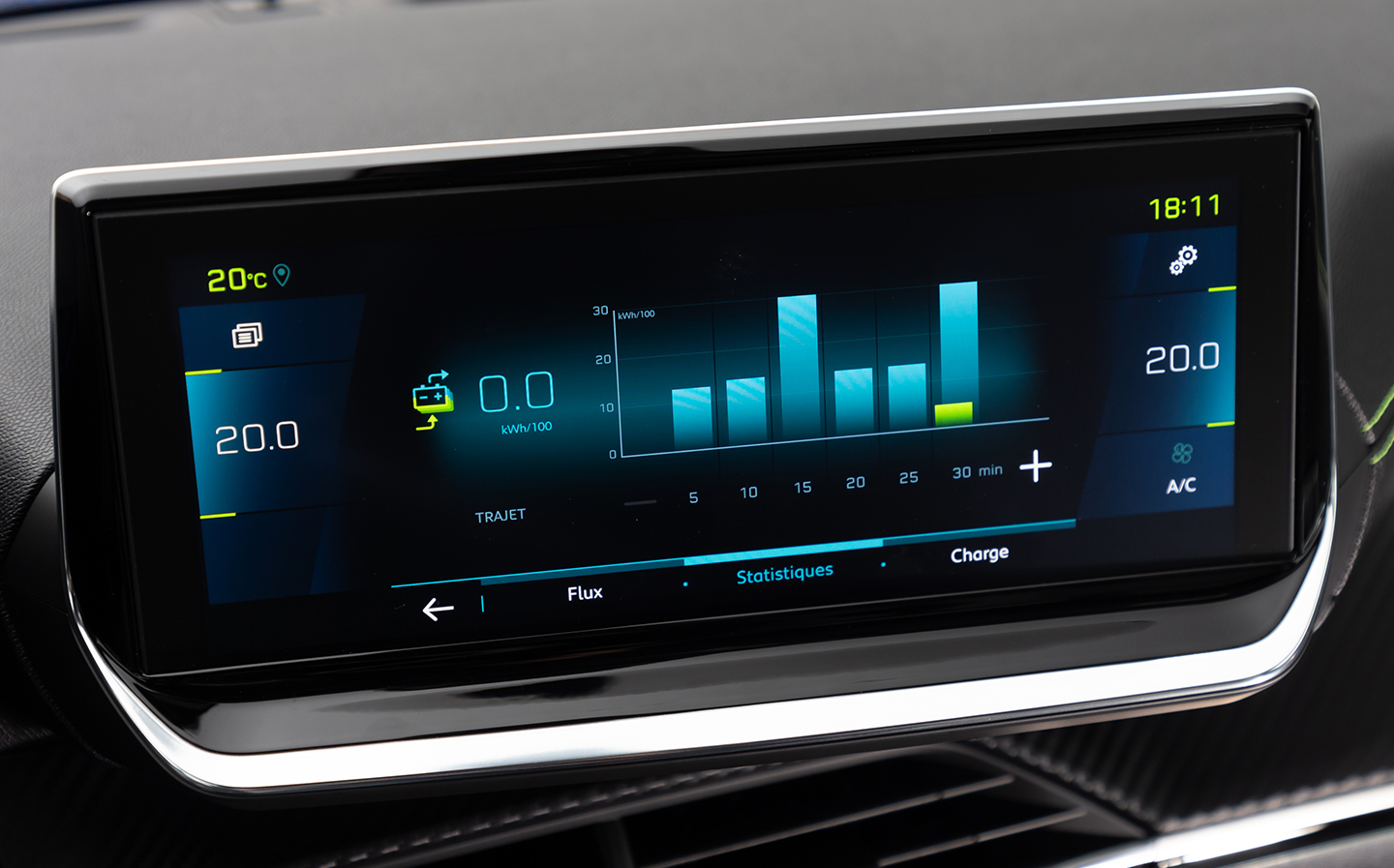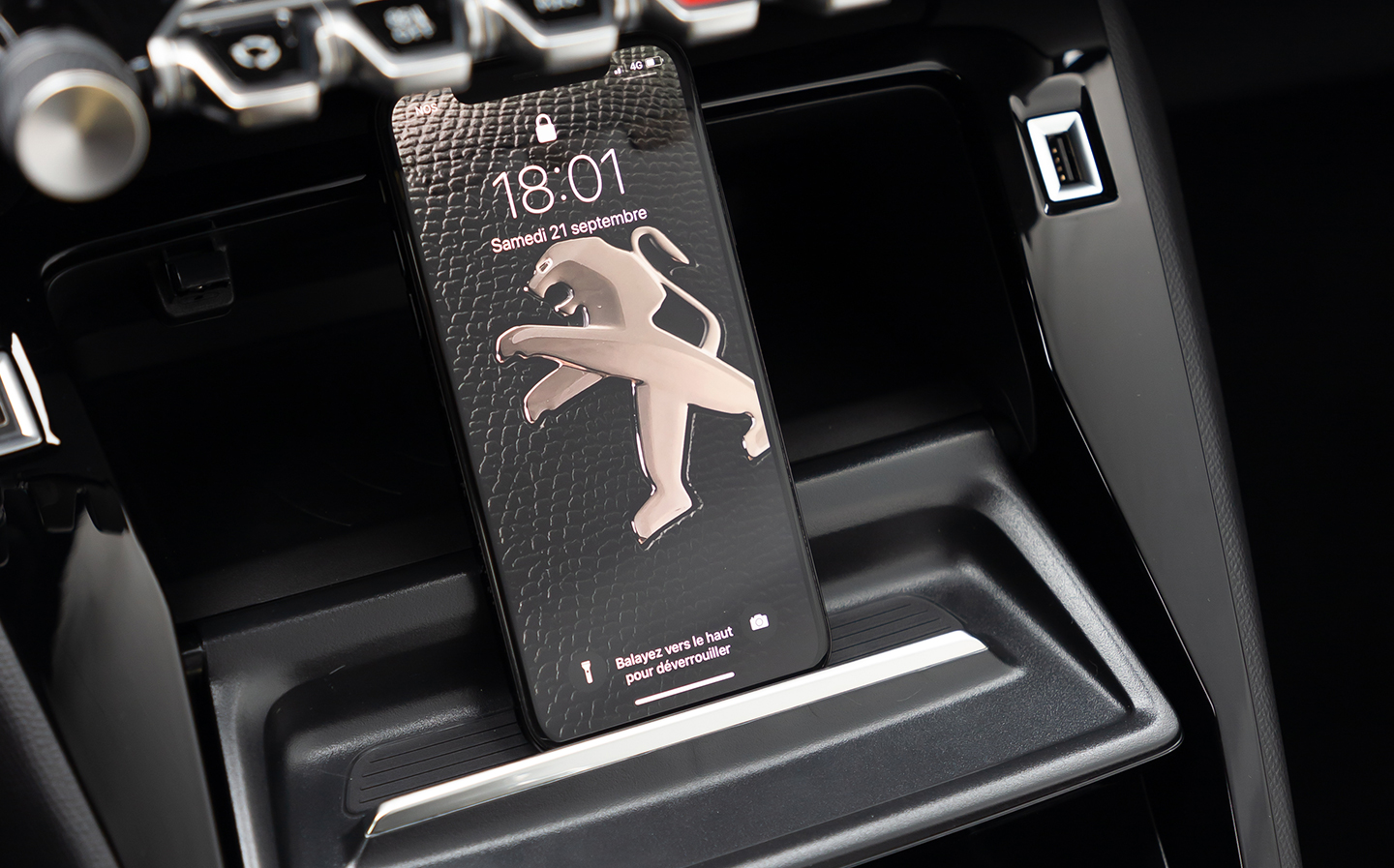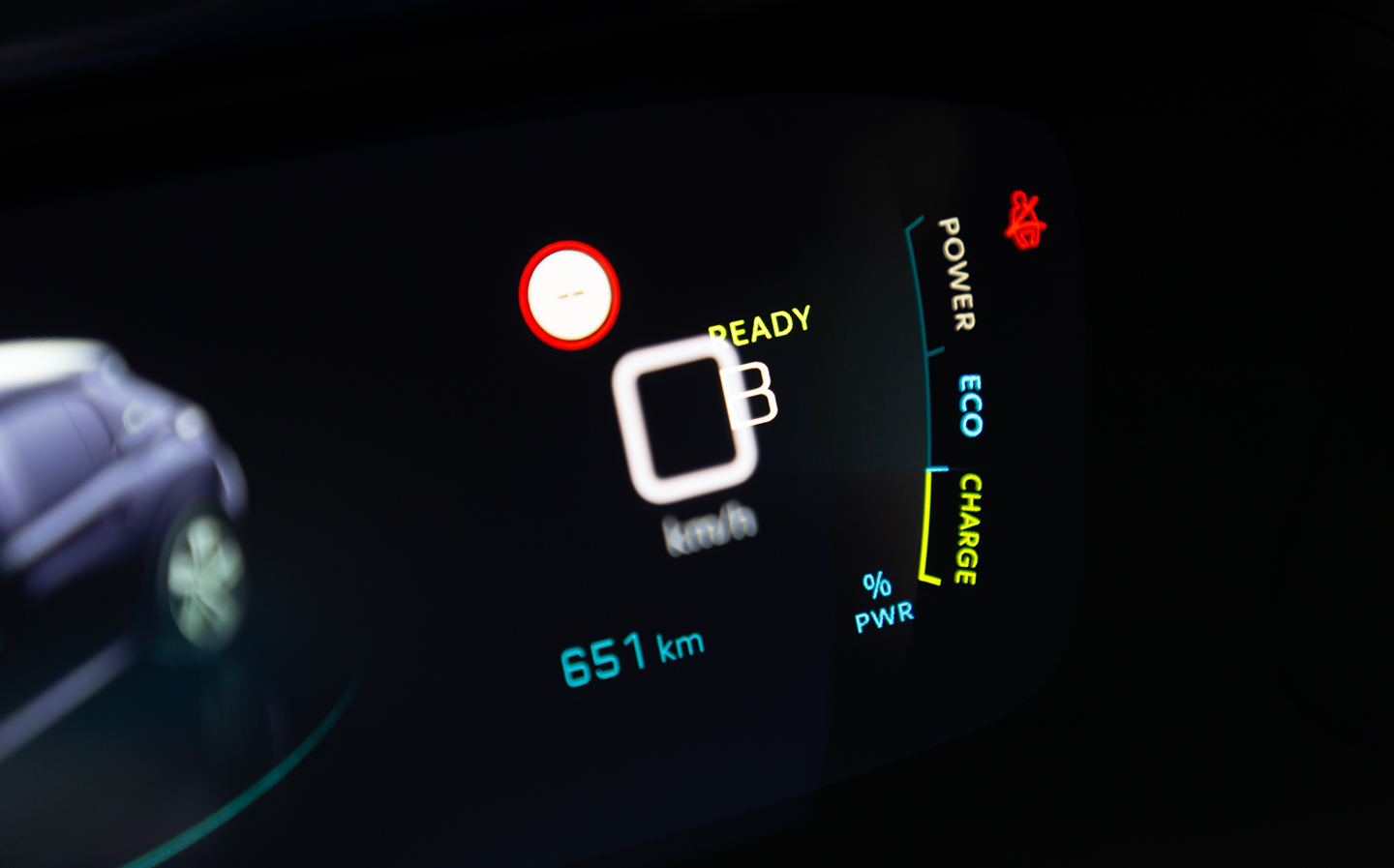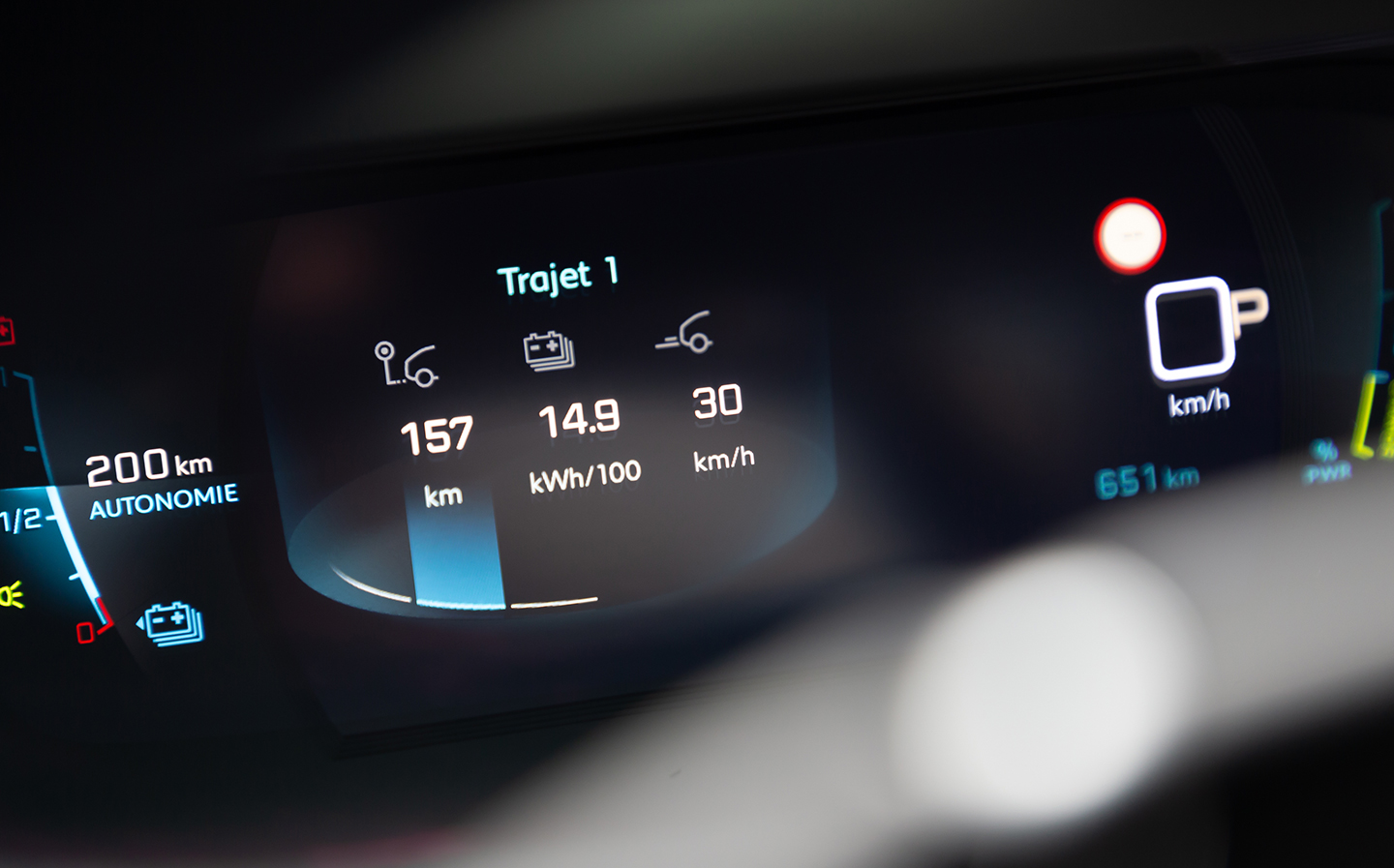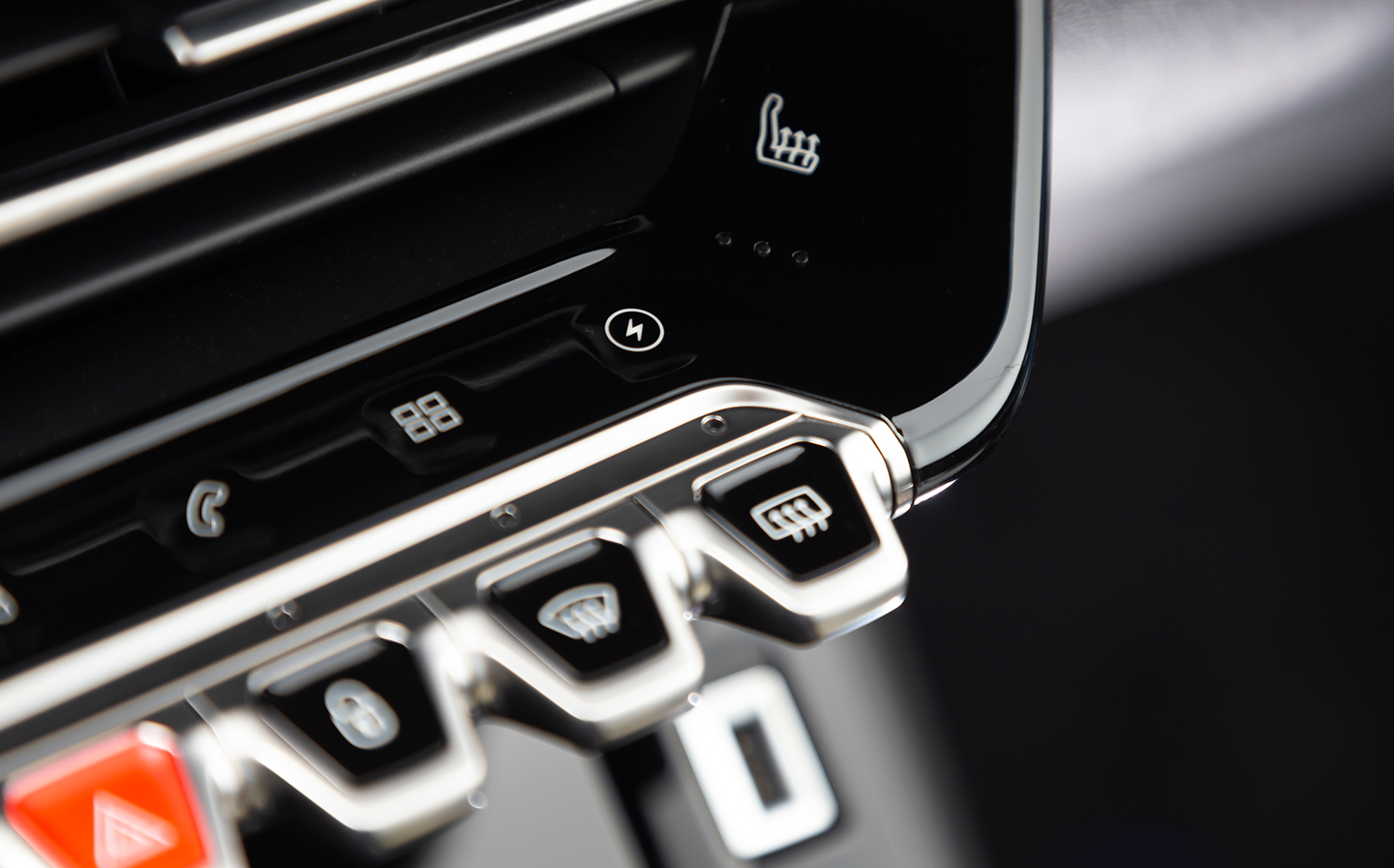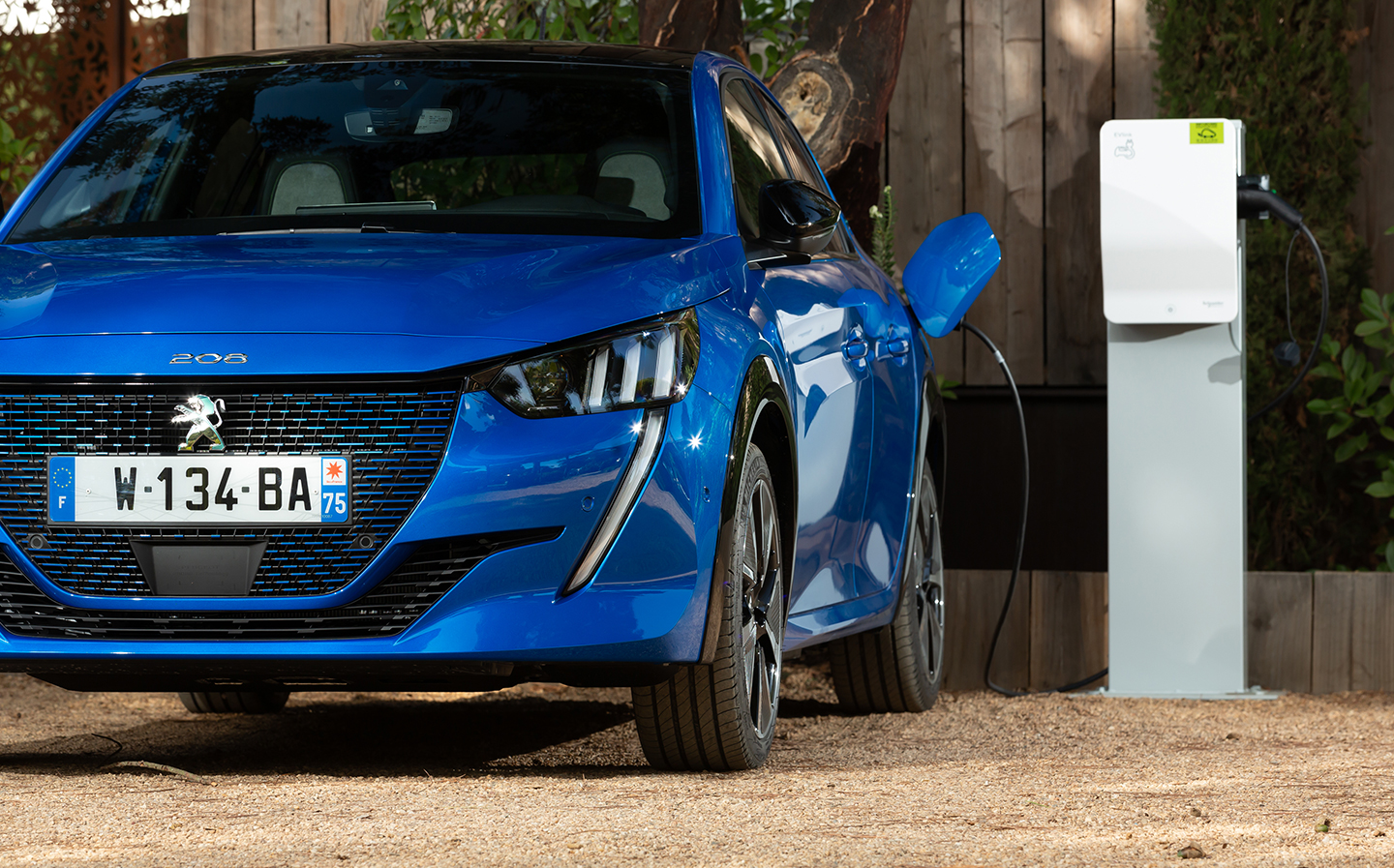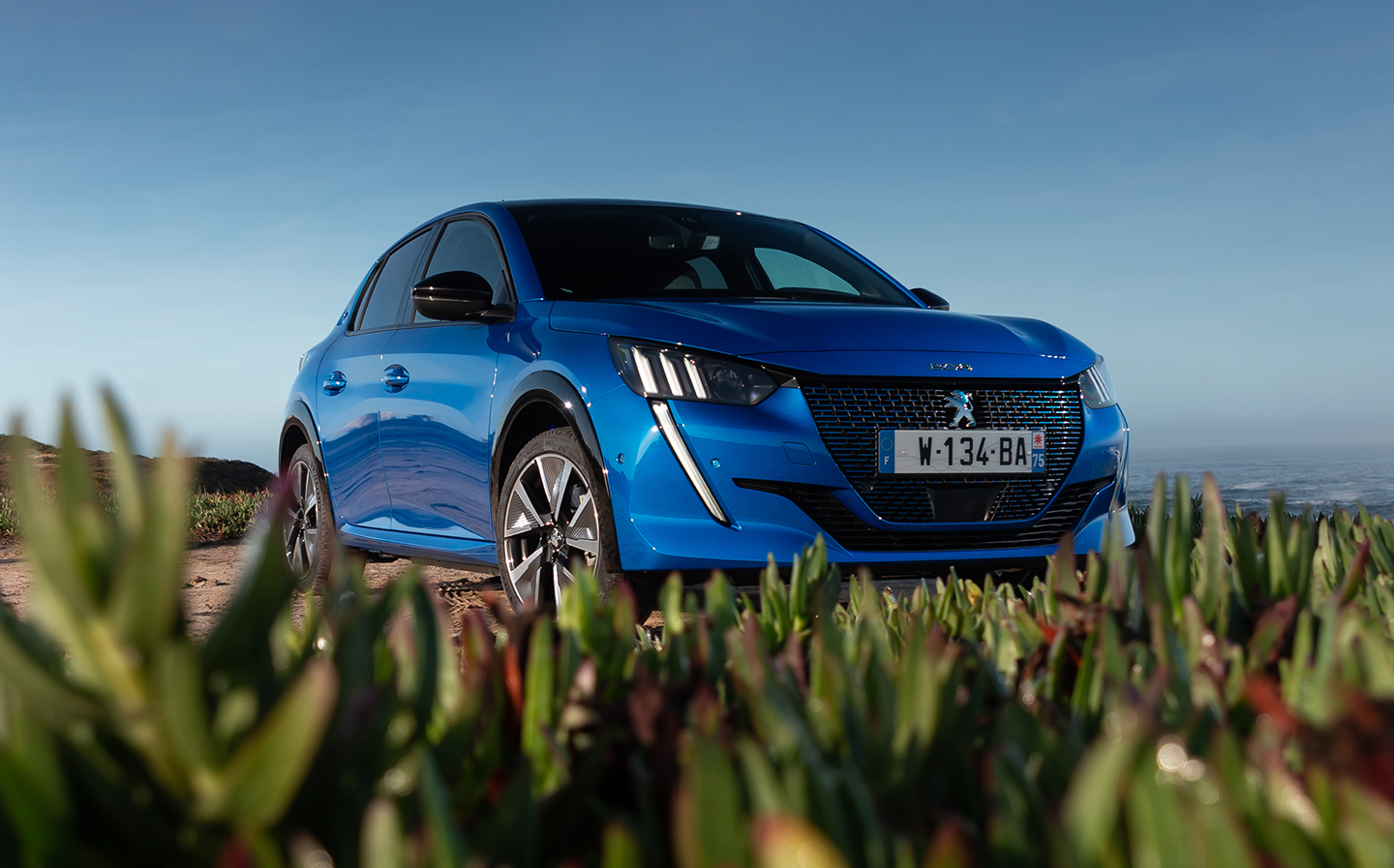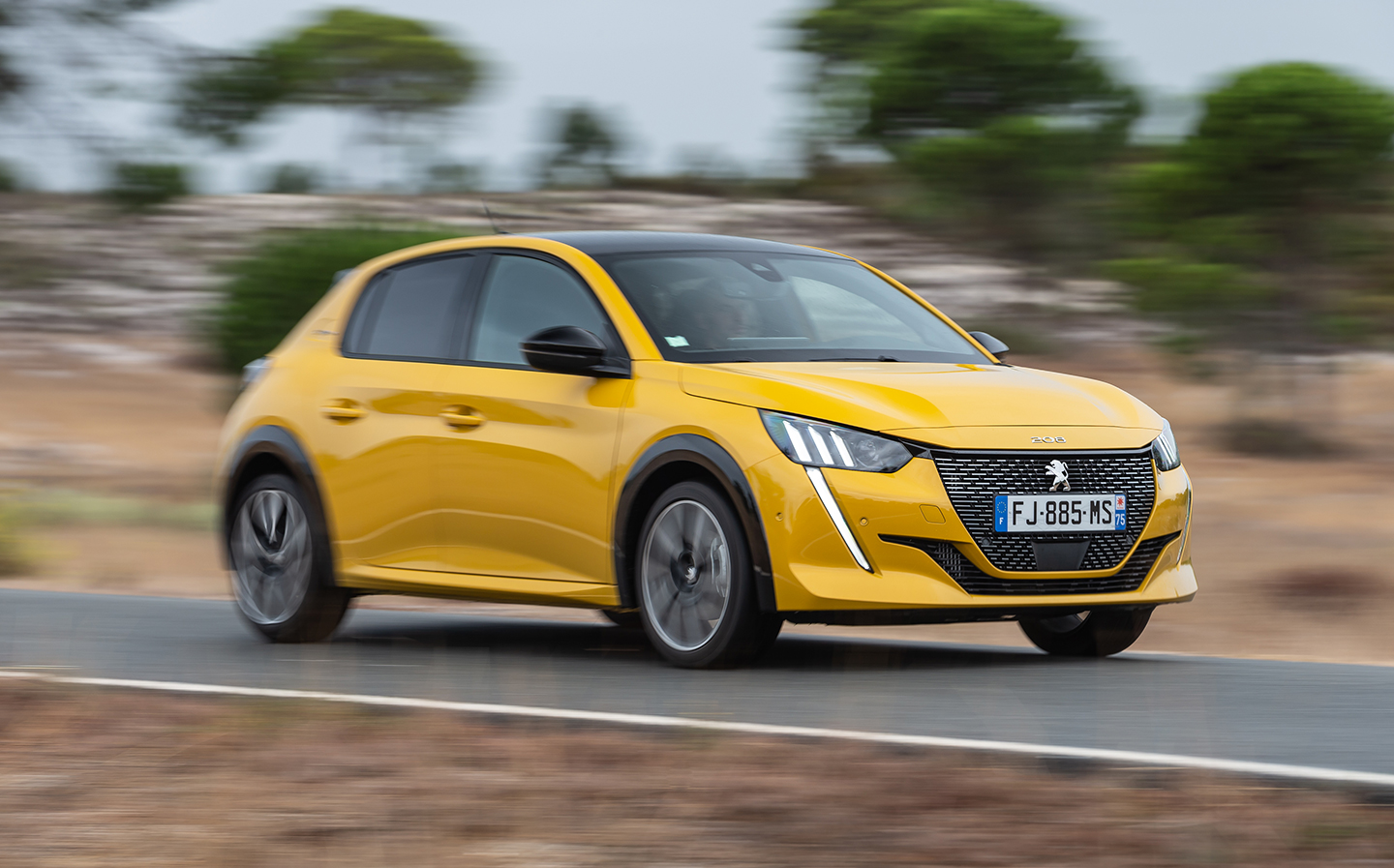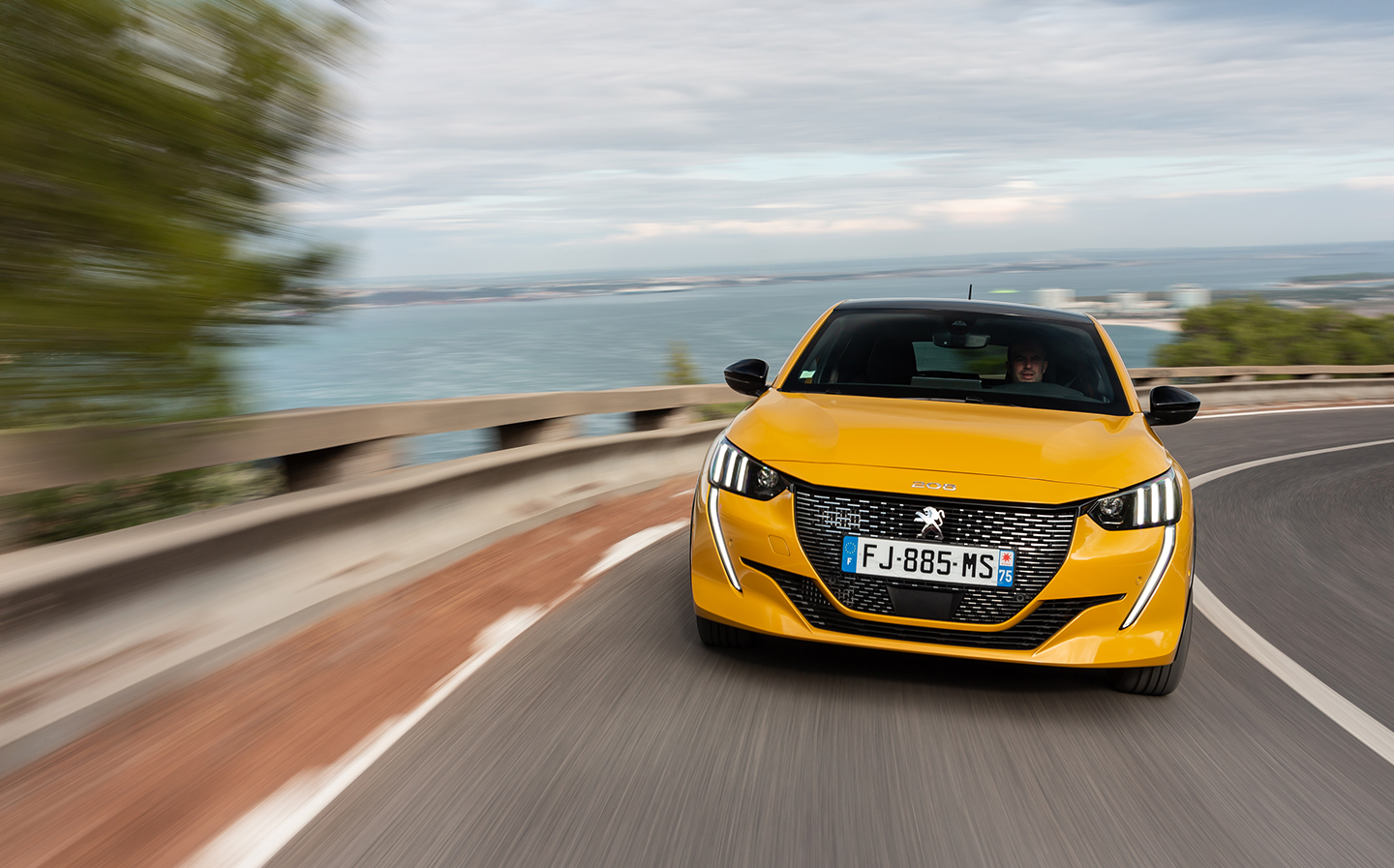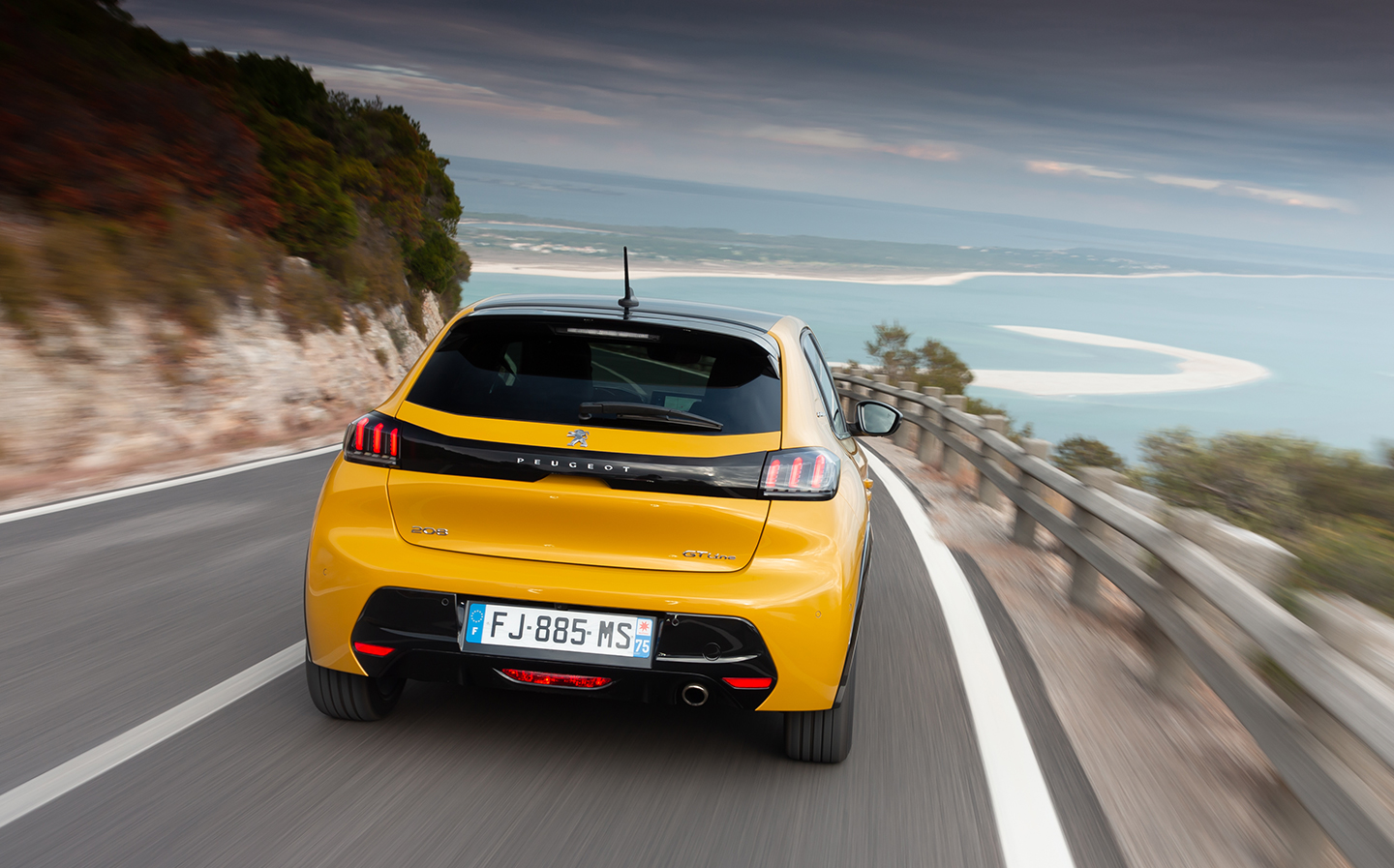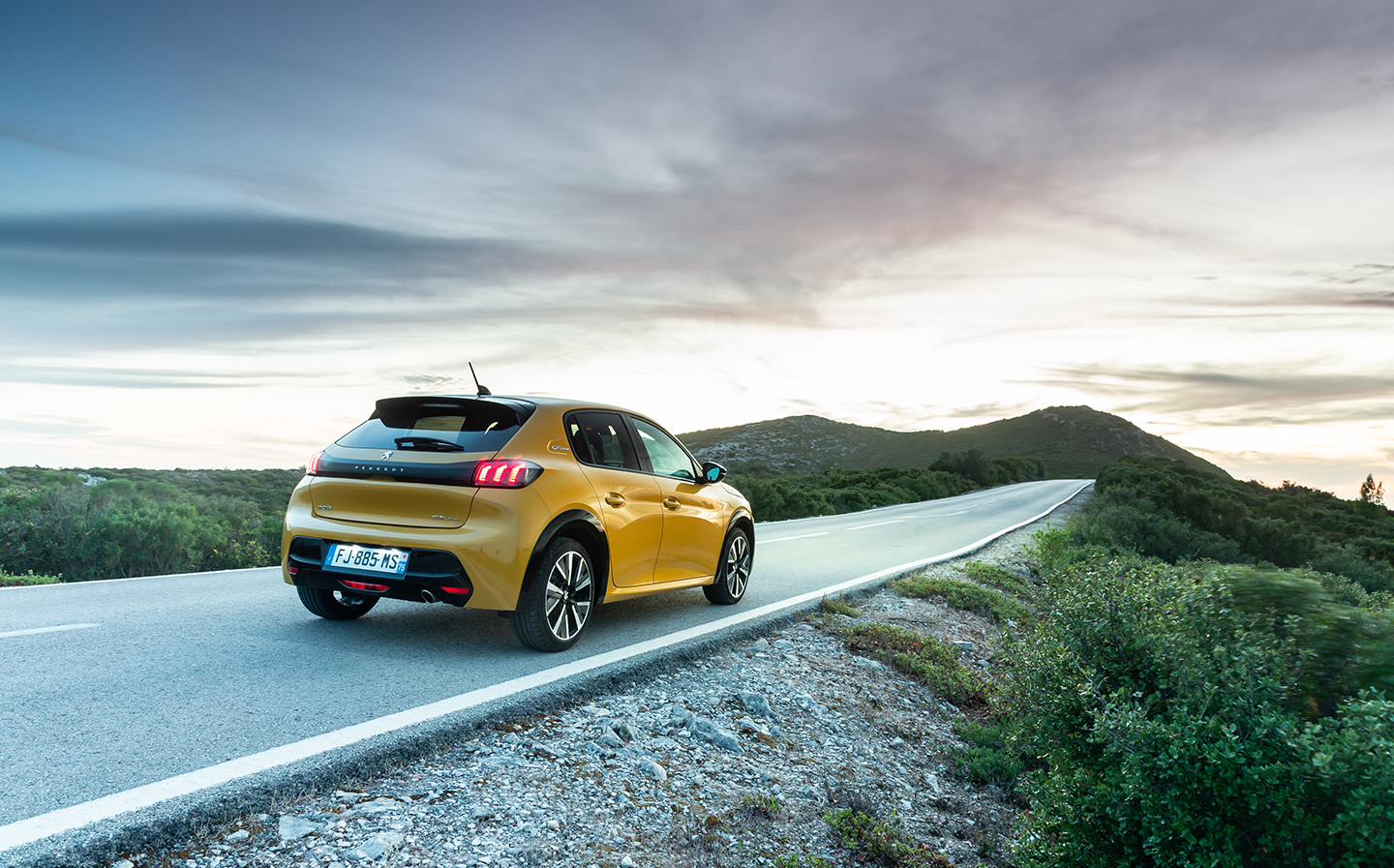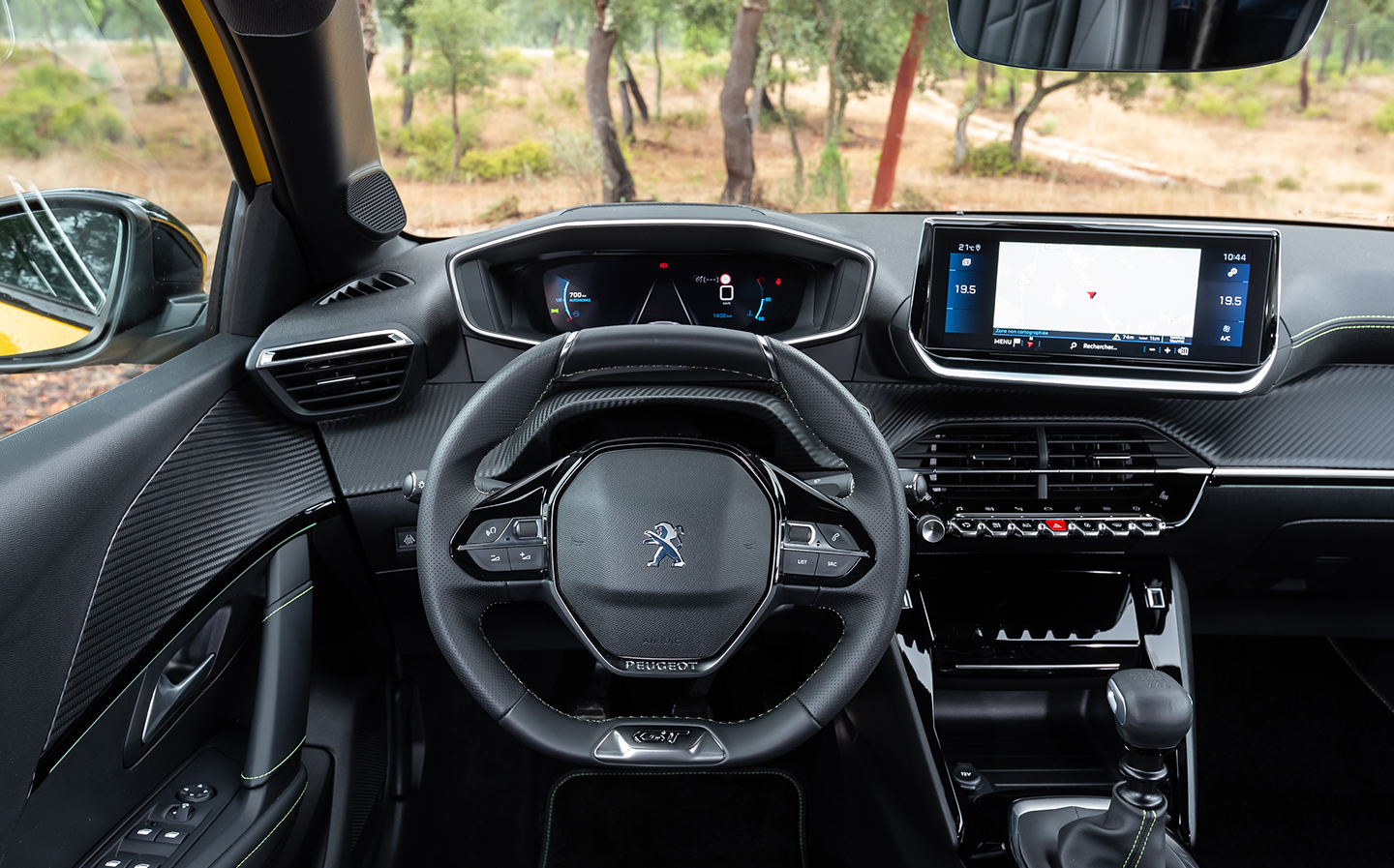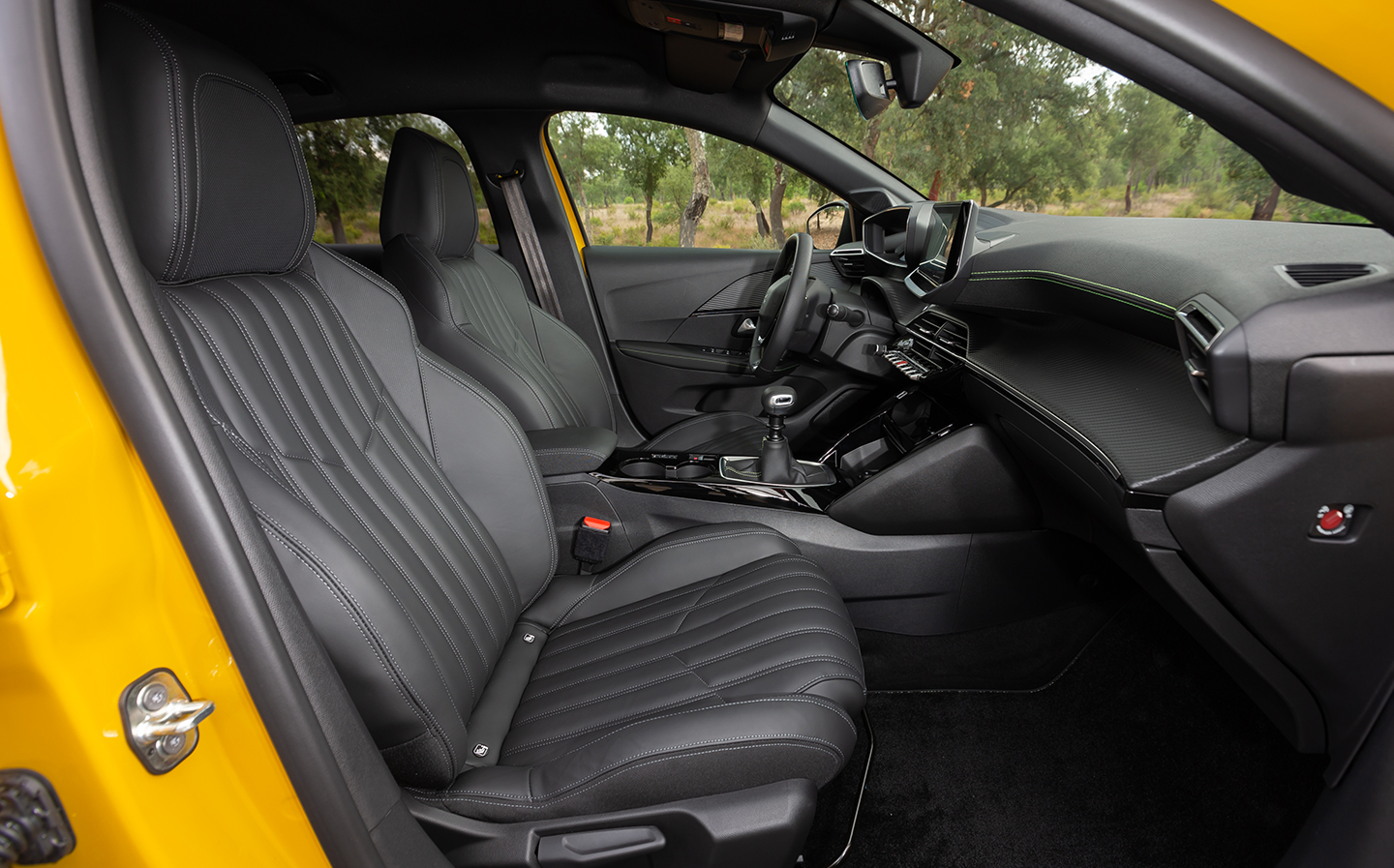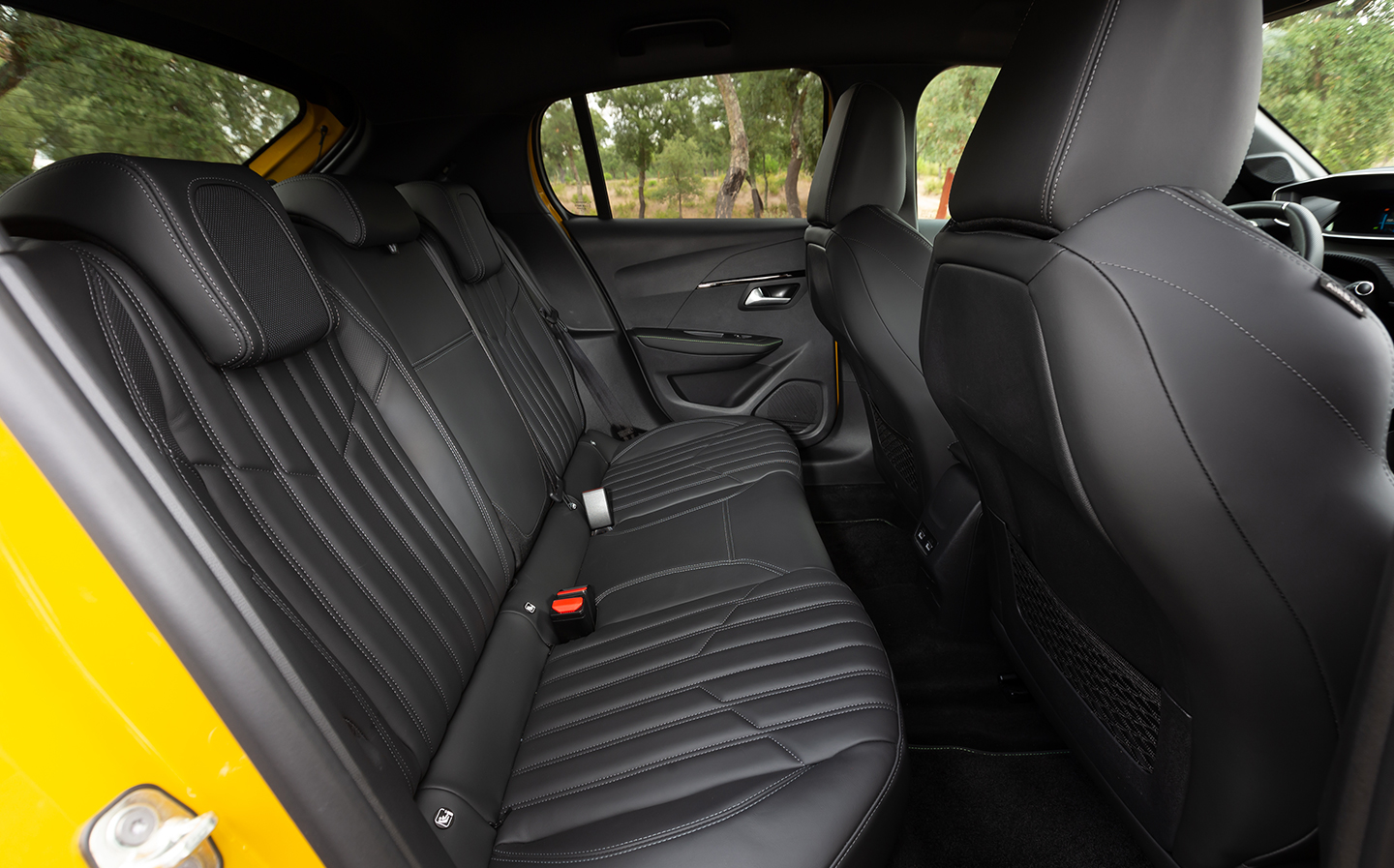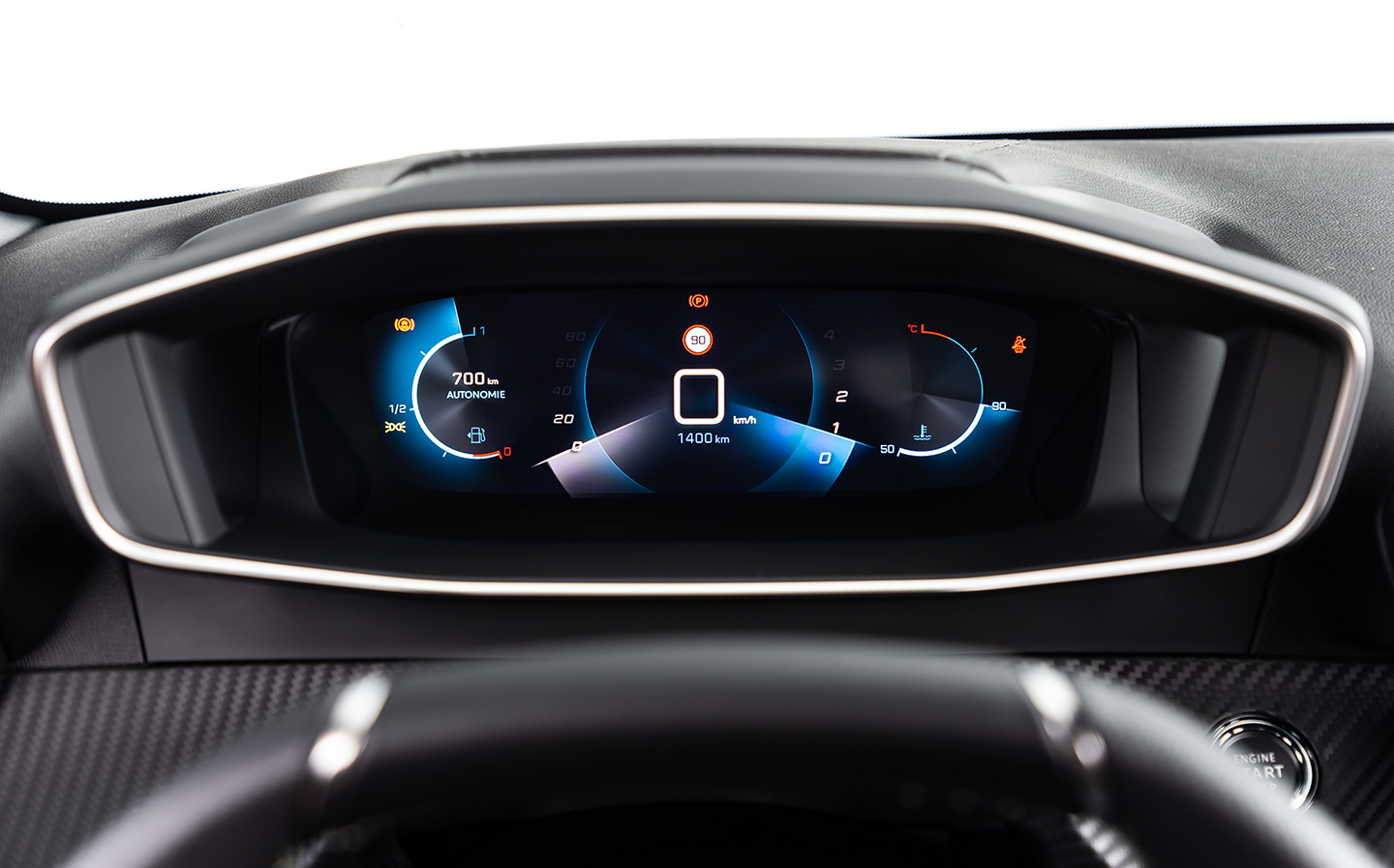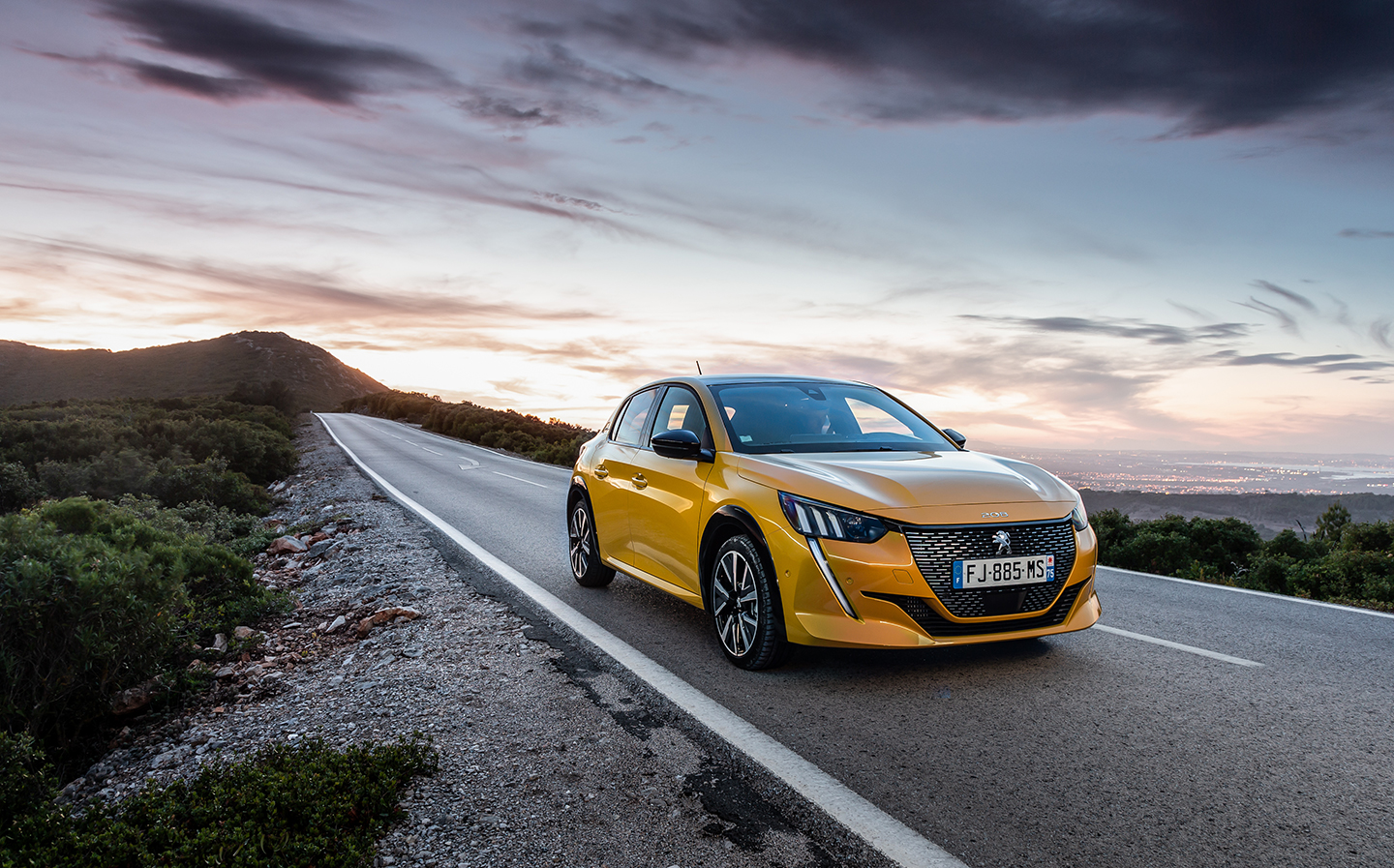2020 Peugeot 208 and e-208 review
This lion cub's gorgeous but way too fidgety
GET READY for a new battle of the superminis. Looking to unseat the dominant Ford Fiesta from the top of the UK sales charts in the next few months will be a new Renault Clio, Vauxhall Corsa and this, the new Peugeot 208.
OK, so technically the Corsa and 208 are the same car with different badges, now that Vauxhall is part of the French PSA group that also owns Peugeot. But from a car buyer’s point of view, there’s about to be a lot of fresh metal on the forecourts.
The buying decisions will get even harder for anyone willing to delve into the world of pure-electric motoring as both the Corsa and 208 will have electric variants, which will do battle with the likes of the Mini Electric and Honda e.
Peugeot is offering the pure-electric version of its model – called the e-208 – alongside its petrol and diesel 208 variants as part of its plan to provide an electrified version of its entire range by 2023. The small models – 208, 2008 – will be pure electric while the larger cars – 3008, 508, 5008 – will be plug-in hybrids, meaning they can be driven on electric power for up to around 30 miles before a petrol engine joins the party, to enabling longer runs.
Peugeot calls this a “360-degree approach” designed to ensure the “freedom of mobility” for citizens as governments clamp down on inner-city emissions, and the car maker says it is thinking carefully about buyers’ needs in the future but also the whole life cycle of the cars, including what to do with electric vehicle batteries at the cars’ “end of life” (renewable energy storage in the home, according to PSA boss Carlos Tavares).
Peugeot has really created something pretty sensational to look at here
The “Buy your Peugeot, choose your powertrain” approach goes as far as asking what engine you want after you’ve chosen the interior trim and options. This is because customers told Peugeot they want to buy their car based on the design, not what’s under the bonnet, apparently.
There’s no doubt they’ll be happy with the way the 208 looks, in whatever flavour of motor they go for; Peugeot has really created something pretty sensational to look at here. Stick one of these on your driveway and the neighbours will be impressed, even if it is a pocket-sized Pug.
It’s a real beauty on the inside, too, with Peugeot’s characteristic i-Cockpit layout, the most notable characteristic of which is a tiny steering wheel, over which you view a raised driver’s display, high up to keep it nearer the driver’s eyeline. Above the entry-level Active trim you get a hologram-like 3D digital driver’s display, lifted from the Quartz concept car, and it is particularly eye-catching. The whole cockpit layout is very futuristic.
The piano key switches, as found on other Peugeot models, help lift the perceived quality of the cabin, as does split-level dashboard and the mix of hard and soft-touch materials. All models get Bluetooth connectivity, DAB radio, Apple Carplay and Android Auto, two USB sockets up front and two in the rear, a 7in colour touchscreen and six-speaker sound system, dual zone climate control, automatic emergency braking with pedestrian detection, lane-keeping assist, and push-button start. In short, it’s pretty packed with tech even in Allure trim.
Available on higher spec cars or as optional equipment are an upgraded 10in touchscreen, adaptive cruise control, reversing camera, parking assist and so on, making the new 208 a small car with big car technology. The infotainment system is not quite as slick-looking as the very best out there but it is in the top few for ease of use and functionality.
It’s not all good news, though. While soft and comfortable, the seats aren’t terrifically supportive at the waist or shoulders, and the driving position is shocking. The i-Cockpit design can take a bit of getting used to in any Peugeot but in most other models, including the 508 and 3008, you find a comfortable position eventually, and I rather like it in the bigger cars, in fact.
In the new 208, though, no matter how much I played with the seat and steering column, the ergonomics proved abysmal for tall drivers. Lowering the steering column for a good view of the instrument binnacle means the bottom of the wheel ends up between your legs, and for especially tall people like myself, you end up having to spread your legs wide, and your hands are almost at knee level (my less lofty driving companion is shown in the image below; even he thought it was an awkward driving position).
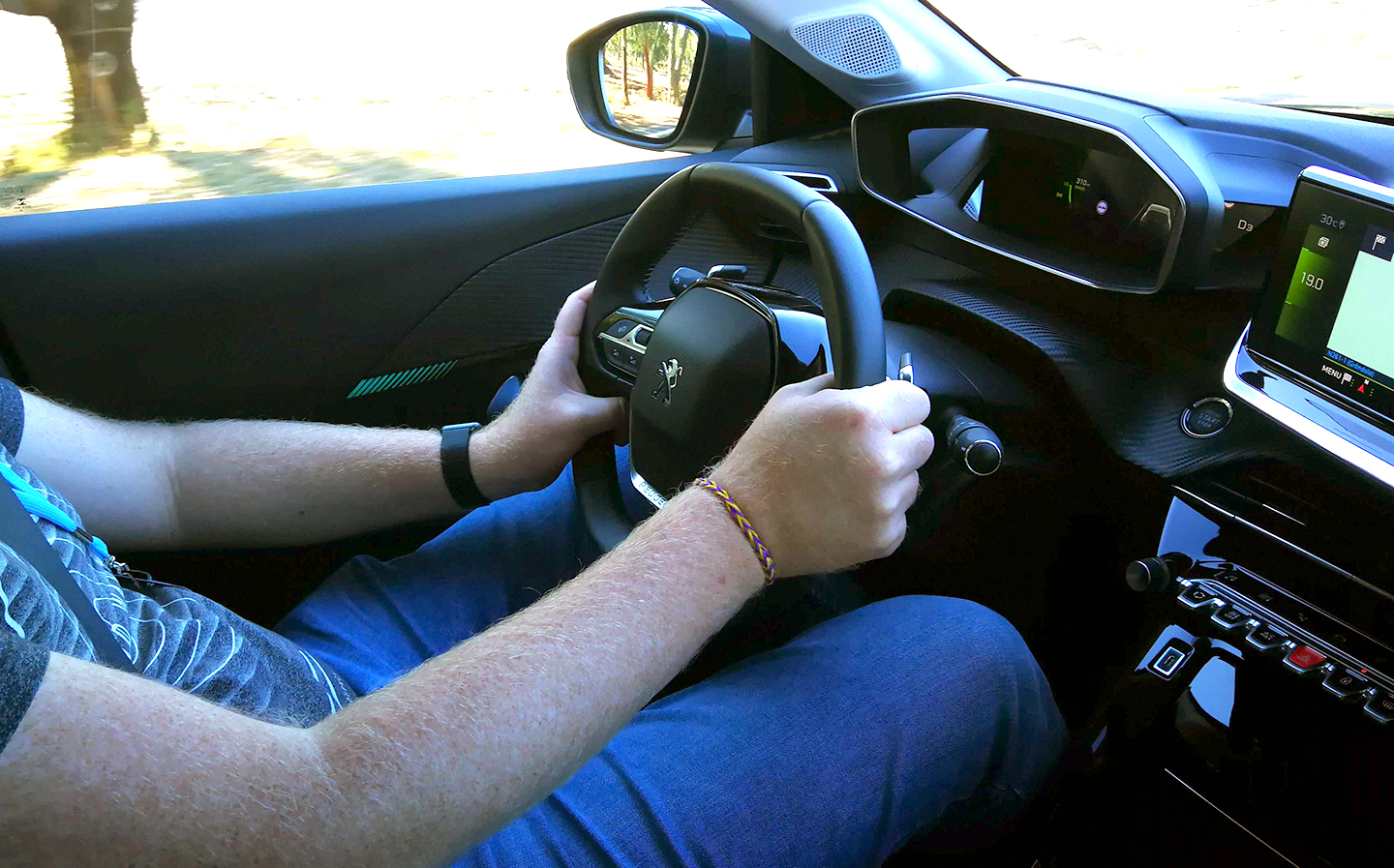
It’s comical for passengers to behold, less funny for the poor sod behind the wheel. What’s more, I began to get an ache in my right leg as it rested against the centre console. This is not a car I’d like to drive long distances.
Worse than the driving position, though, are the ride — which is far too harsh for a little supermini (even with the smallest 16in wheels, bumps and potholes would shatter your spine if the seats weren’t so plush) — and the steering, for which vague is too kind a word. At low speeds the wheel feels too light and the rack too slow, while at higher speeds it feels disproportionately weighty and sensitive. Combined with a dislike for returning to the centre and allowing the car to settle in the straight-ahead position, along with the tiny steering wheel, which reduces precision, the 208 feels rather wayward. This is especially true when the road introduces camber into the equation.
On the plus side, the powertrains are excellent. The three-cyclinder petrol motors come with either 75, 100 or 130bhp, with the lower-powered model getting a silky-smooth six-speed manual and the most powerful motor coming with a delightfully responsive eight-speed automatic ‘box.
My favourite petrol engine was the 75bhp version, which is far from quick but requires working hard to extract its full potential, which is delightfully old-school and pretty engaging. The 100bhp model in manual will be the most popular, though, as it gets nearly the same economy with better potential for overtakes. Paradoxically, the most powerful option thrilled us the least.
Worse than the driving position are the ride and steering, for which vague is too kind a word
The sole diesel option is surprisingly refined and appears whisper quiet from the cabin suggesting the sound deadening around the 208’s engine bay is astonishingly good. It’s decently punchy (0-62mph in 10.2sec) and offers the highest fuel efficiency (60.8-71.4mpg) lowest CO2 output (84-92g/km) of any of the internal combustion engines. But it’s a diesel in a supermini, so probably not terrifically desirable right now. Peugeot expects it to account for just 5% of UK sales.
Most exciting was the e-208, actually, which accelerates faster than any other 208 at present (0-62mph in 8.1sec, vs 8.7sec for the 130bhp petrol), and its 136bhp electric motor feels highly responsive at most speeds, thanks to its consistent torque. Its 50kWh battery is good for an official driving range of 211 miles (WLTP), which is excellent for a small car, and from dashboard info we got from our drive on the car’s launch, over 200 miles is probably achievable (although we were only given short routes to drive on the car’s launch so it’s impossible to be definitive).
The battery itself is under the front and rear seats in a T shape, and Peugeot says it managed to keep exactly the same interior capacity as the petrol and diesel options. The battery adds weight (nearly 300kg over the 130bhp petrol) but Peugeot says the location of the battery means the centre of gravity in the e-208 is lower than the petrol and diesel version, helping improve handling dynamics. It is better, but that’s like saying a paper cut is better than a stubbed toe.
Back to the good things: the battery is fluid cooled, which helps maintain its integrity, improve its range in extreme temperatures, and allows rapid charging of up to 100kW. At that speed, 80% of the battery can be filled in 30 minutes, while a 7kW wallbox can complete a full recharge in 7.5 hours.
Buyers of the e-208 will be comforted by the 8 years / 100,000-mile warranty, with Peugeot guaranteeing at least 70% of the charging capacity at the end of the period. They might be less happy that it costs from £25,050 on the road, including the £3,500 government grant — around £6,000 more than the diesel in the equivalent trim level.
We’ll have to wait for the 208 GTi for real thrills — a model that is being prepared, we understand, by the guys who used to run Peugeot’s World Rallycross team, and will be at least hybrid but most likely pure-electric (all Peugeot will tell us at the moment is that it will be “electrified”, and like no other GTi that has come before). The e-208 suggests that’s no bad thing. They might even have sorted the handling, and maybe a sports seat will help comfort for the driver.


